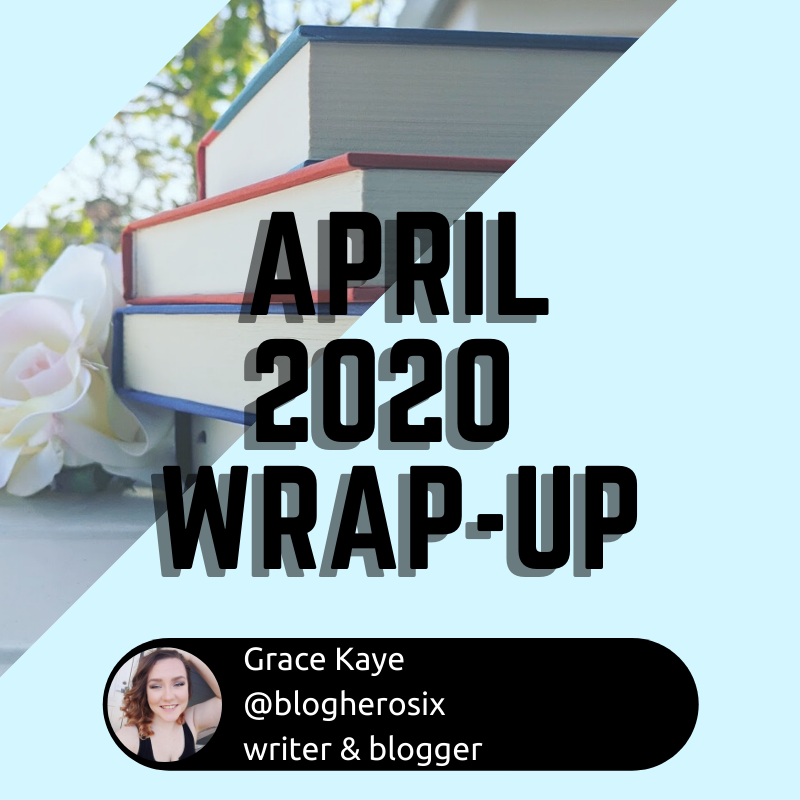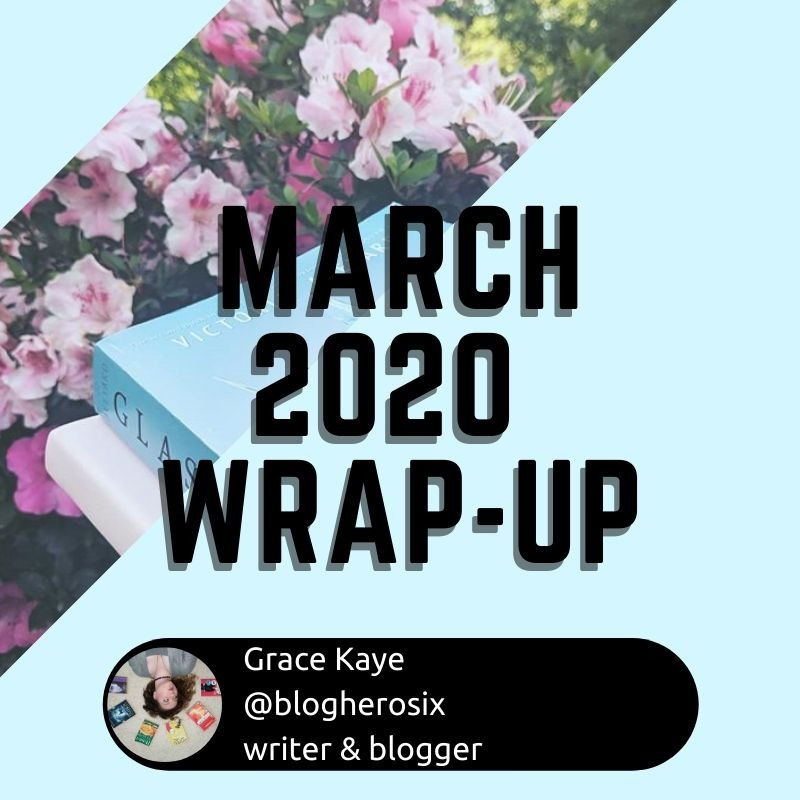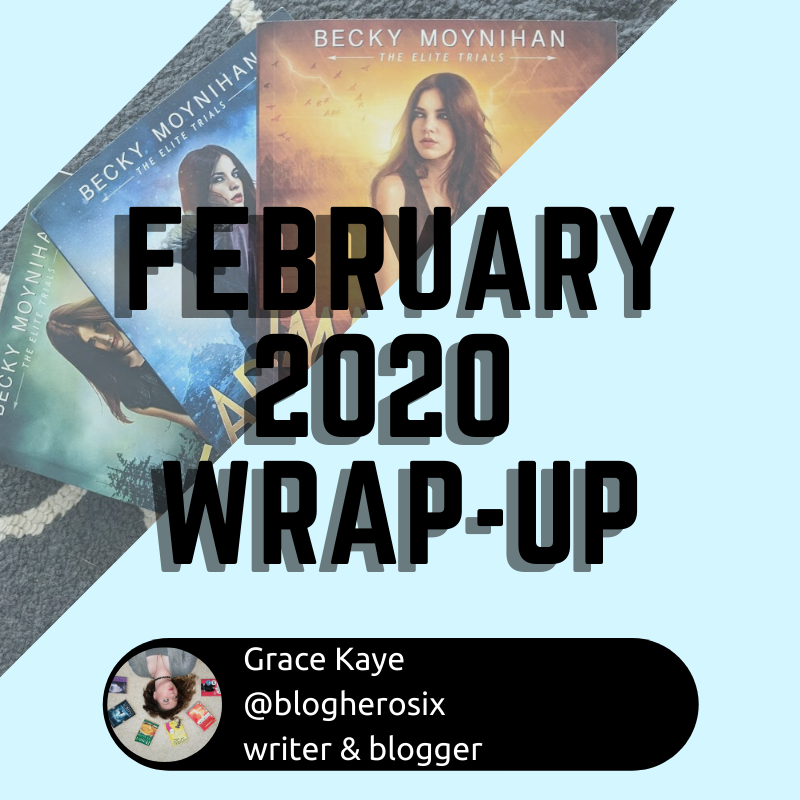So You're Retelling a Popular Fairytale...
- Grace Kaye

- Mar 18, 2017
- 3 min read

I don’t know about you but I’m HYPE for the new Beauty and the Beast revival that came to theaters this weekend. There are so many reasons I’m excited, most of all for the nostalgia of re-experiencing one of my favorite stories for the first time. I know what will happen, but still, it feels brand new when a fairytale is retold in a different way.
This got me thinking about fairytale retellings in literature, which is pretty popular nowadays. Retelling fairytales has been a thing since these stories first popped up, but it is really catching on now, especially in sci-fi and fantasy genres. We love the originals so much that we feel the need to retell them…does anyone else find this a bit weird?
Weird or not, I love it. But there are definitely a lot of things that could go wrong when retelling a popular fairytale.
For one, everyone knows the ending. They also know the major players, and they probably have a general sense of what will happen in the middle of the story as well. The biggest obstacle to retelling a fairytale is keeping your readers excited. Why is your story special?
One of the best fairytale retellings I have read recently is Cinder by Marissa Meyer. Meyer evidently began with all of the basics of the classic Cinderella story—a girl who is treated like crap by her stepmother but catches the eye of the Prince—but she puts fascinating new twists on all of these elements. Cinder is not only treated like dirt by her stepmother, she is a second class citizen in her world for the fact that she’s a cyborg. All cyborgs are seen as bastardizations of humanity in the futuristic world of New Beijing, and they are treated as such. Instead of catching the eye of the Prince at a ball, he seeks her out to repair his broken android…since she’s the leading mechanic in the area after all. There is also that business about her losing her shoe, but instead it is her cyborg foot. The tropes we know and love about the classic Cinderella story are so brilliantly twisted and subverted that we start to wonder, how twisted will it get?
The Cinderella tale is only a framework for this story, but it takes on its own intricacies and paths. The ending might not be what you expect…but I’ll let you read that for yourself.
If you’re into YA fiction and also my blog you have probably heard of an author named Sarah J. Maas. Little do many fans know, her novel Throne of Glass actually has some elements of a Cinderella retelling as well. This retelling is even more warped than Cinder, to the point that it is barely recognizable. The first time I even recognized it was when the main character, Celaena (similar to Cinderella, eh?), was getting help preparing for a ball she was not even technically supposed to go to by a woman who seemed strikingly similar to the Fairy Godmother. But that was already halfway through the whole book, and many of the other parts—the shoe thing, the evil stepmother and all that—weren’t present at all.
At some point, we do not really need to hear the same fairytales over and over again. But these stories are so beloved to us and so inspirational for a lot of writers, that using them as frameworks or bouncing off points for stories can help give readers that nostalgic feel. In my opinion, if you are trying to retell a popular fairytale, you may as well take Meyer’s route and make it almost totally new, or Maas’s route and make it a simple homage throughout the novel instead of a hard and fast retelling. Seeing how writers are making my favorite stories new is just as exciting as reading the old ones.
Have you read any fairytale retellings lately that you want to share? Leave suggestions in the comments. The Beauty and the Beast has me feeling some type of way.
Peace out,
Grace










Comments